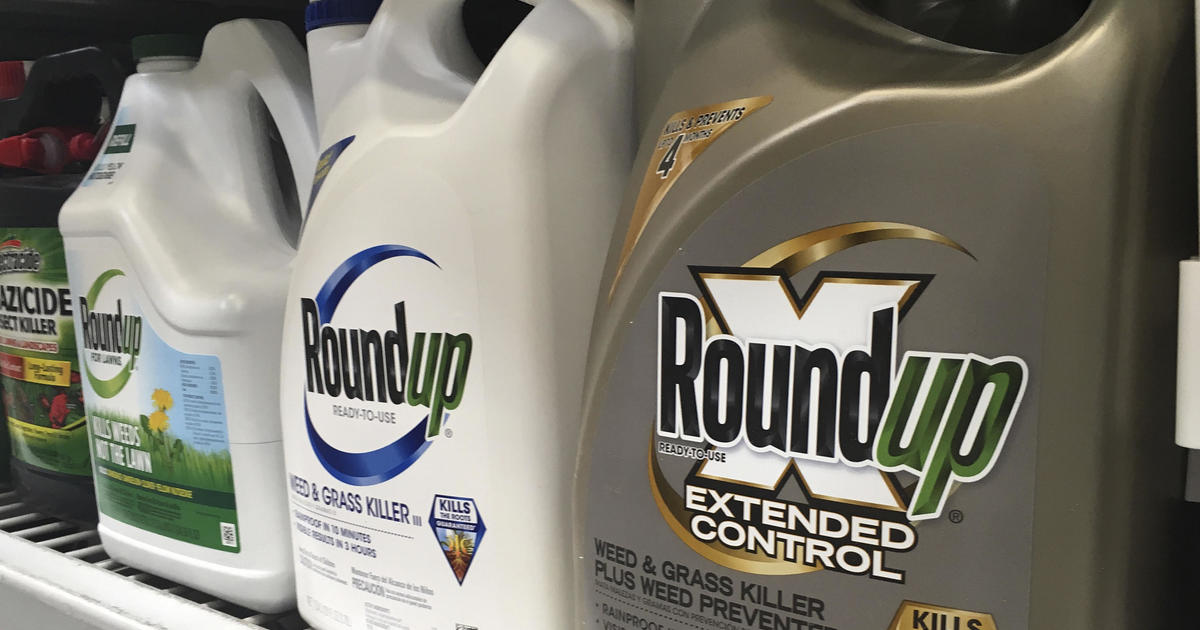Rural Americans at higher risk from five leading causes of death
Americans living in rural areas are more likely to die from five leading causes of death than people living in urban areas, according to a new government report.
Many of these deaths are preventable, officials say, with causes including heart disease, cancer, unintentional injuries, stroke, and chronic lower respiratory disease.
“This new study shows there is a striking gap in health between rural and urban Americans,” said CDC Director Dr. Tom Frieden, said in a statement. “To close this gap, we are working to better understand and address the health threats that put rural Americans at increased risk of early death.”
Approximately 46 million Americans – about 15 percent of the U.S. population – currently live in rural areas. According to the CDC report, several demographic, environmental, economic, and social factors might put rural residents at higher risk of death from these conditions.
Rural residents in the U.S., for example, tend to be older and sicker than their urban counterparts, and have higher rates of cigarette smoking, high blood pressure, and obesity.
People living in rural areas also report less leisure-time physical activity and lower seatbelt use than their those living in urban areas and have higher rates of poverty, less access to health care, and are less likely to have health insurance.
Specifically, the report found that in 2014, deaths among rural Americans included:
- 25,000 from heart disease
- 19,000 from cancer
- 12,000 from unintentional injuries
- 11,000 from chronic lower respiratory disease
- 4,000 from stroke
The percentages of deaths that were potentially preventable were higher in rural areas than in urban areas, the authors report.
For the study, the researchers analyzed numbers from a national database.
The CDC is partnering with the Health Resources and Services Administration (HRSA), on a series to help promote the findings and make recommendations to rural communities.
“We have seen increasing rural-urban disparities in life expectancy and mortality emerge in the past few years. CDC’s focus on these critical rural health issues comes at an important time,” said HRSA Acting Administrator Jim Macrae.
The study also found that unintentional injury deaths were about 50 percent higher in rural areas, partly because of greater risk of death from car crashes and opioid overdoses.
The authors note that not all deaths are preventable in rural areas and residents may be at greater risk due to longer travel distances to specialty and emergency care or exposures to specific environmental hazards.
The CDC suggests to help close the gap, health care providers in rural areas can:
- Screen patients for high blood pressure -- a leading risk factor for heart disease and stroke -- and make control a quality improvement goal.
- Increase cancer prevention and early detection. Rural health care providers should participate in the state-level comprehensive control programs, which focus on cancer prevention, education, screening, access to care, support for cancer survivors, and overall good health.
- Encourage physical activity and healthy eating to reduce obesity, which has been linked to a variety of serious chronic illnesses, including diabetes, heart disease, cancer, and arthritis.
- Promote smoking cessation. Cigarette smoking is the leading cause of preventable disease and death in the United States and is the most significant risk factor for chronic lower respiratory disease.
- Promote motor vehicle safety. Rural health care providers should encourage patients to always wear a seat belt and counsel parents and child care providers to use age- and size-appropriate car seats, booster seats, and seat belts on every trip.
- Engage in safer prescribing of opioids for pain. Health care providers should follow the CDC guideline when prescribing opioids for chronic pain and educate patients on the risks and benefits of opioids and using nonpharmacologic therapies to provide greater benefit.




